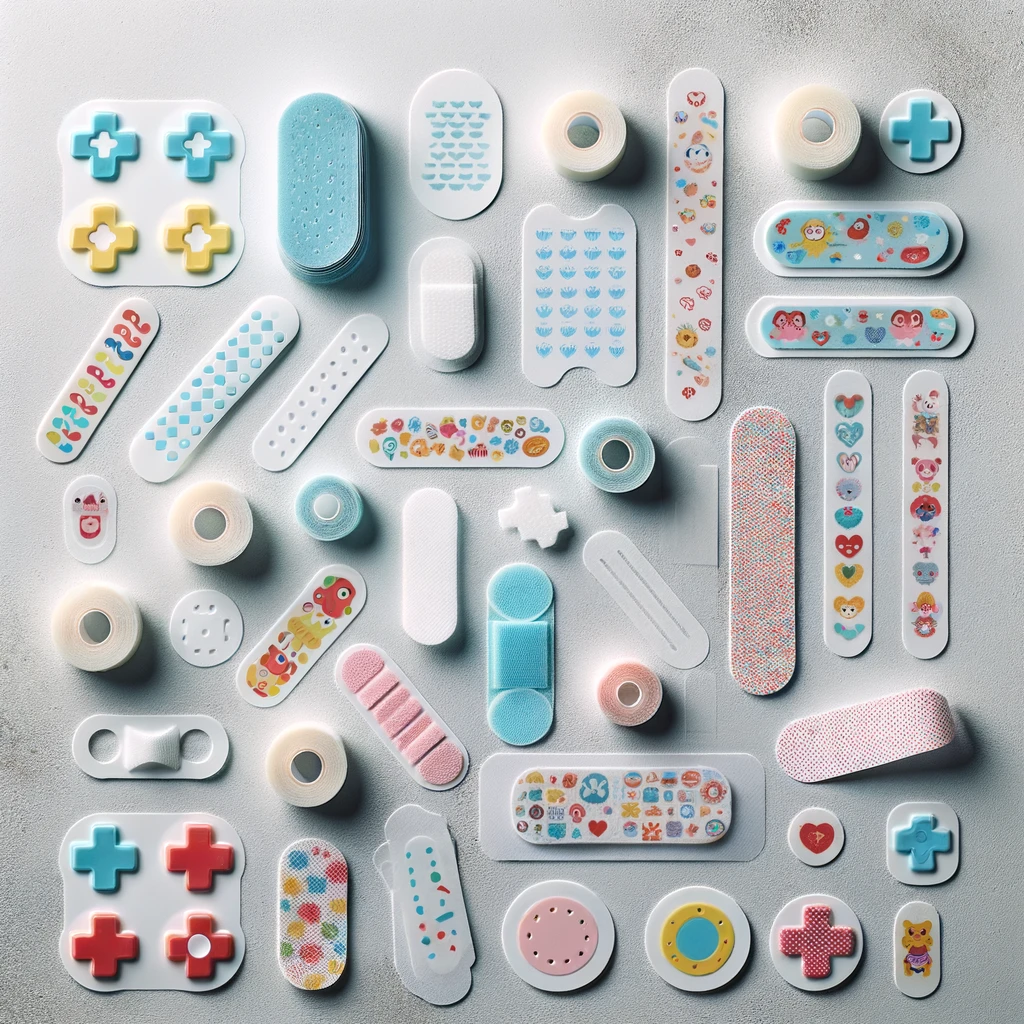
Regenixy | The Evolution and Versatility of Protective Adhesive Strips
In the realm of everyday health tools, few items are as ubiquitous as the humble adhesive strip. These small, flexible marvels are designed to shield minor injuries from environmental contaminants, ensuring a cleaner and more protected recovery phase. This article explores the evolution, manufacturing process, and various applications of these adhesive strips, highlighting their importance in everyday life.
The concept of a protective strip dates back to the early 20th century. Initially crafted as a means to quickly address minor injuries, these strips have undergone significant advancements in terms of materials and technology. Today, they are manufactured using a variety of synthetic fabrics or plastics that are coated with a pressure-sensitive adhesive. This adhesive ensures that the strip stays in place, while the non-adhesive pad at the center prevents it from sticking to the injury.
The manufacturing process of these strips is both meticulous and hygienic, ensuring that each strip is sterile and ready for immediate use. The central pad, which is often made from a cotton-like material, is placed onto the adhesive part of the strip. This pad absorbs any moisture from the injury, thereby keeping the area dry and clean. The entire product is then sealed in a sterile package, maintaining its cleanliness until the moment it is used.
Adhesive strips come in a variety of sizes and shapes, designed to suit a wide range of needs. From tiny circular pads ideal for small, pinpoint injuries to larger rectangular pieces that can cover more substantial areas, the diversity of available options makes these strips highly versatile. There are even waterproof varieties that allow wearers to shower or swim without compromising the protection of their injuries.
Apart from their practical uses in covering injuries, these strips are also employed in various other contexts. For example, they are used in sports to prevent shoes from rubbing against the skin or in sensitive spots prone to blisters. In some professional settings, they serve as a barrier against friction and pressure, providing not just protection but also comfort to the wearer.
Interestingly, the role of these adhesive strips extends beyond mere physical protection. For many, applying a strip can also be a psychological comfort, a small but potent reminder that the body is being cared for. This aspect of care is especially visible in products designed for children, which often feature colorful patterns and characters to make the wearing experience more friendly and less intimidating.
As we continue to rely on these simple yet effective tools in our daily lives, it's clear that the humble adhesive strip has become an indispensable part of modern healthcare. Their ease of use, combined with their effective protection against contaminants, makes them an essential item in first aid kits worldwide. Whether at home, in the workplace, or during outdoor activities, these strips ensure that small injuries are less of a setback in our busy lives.